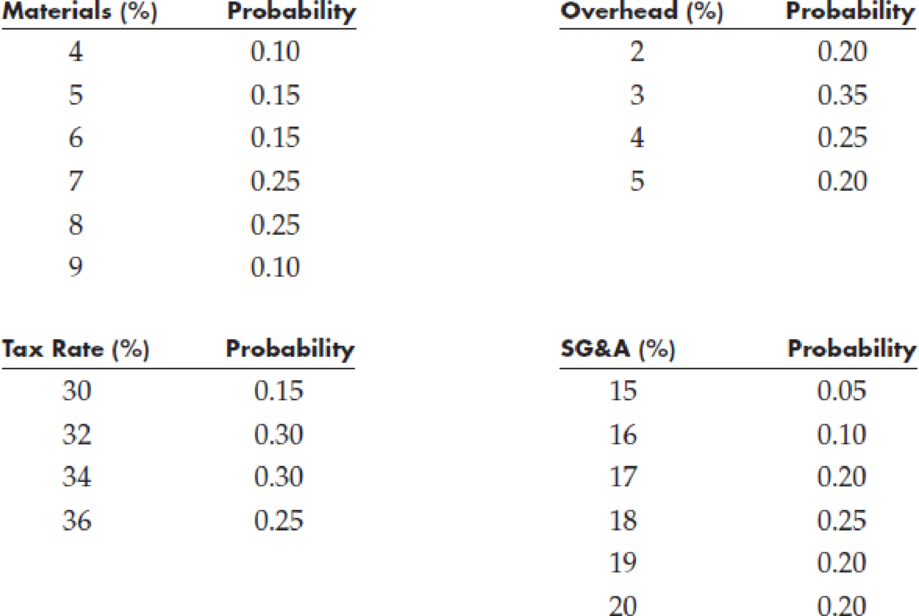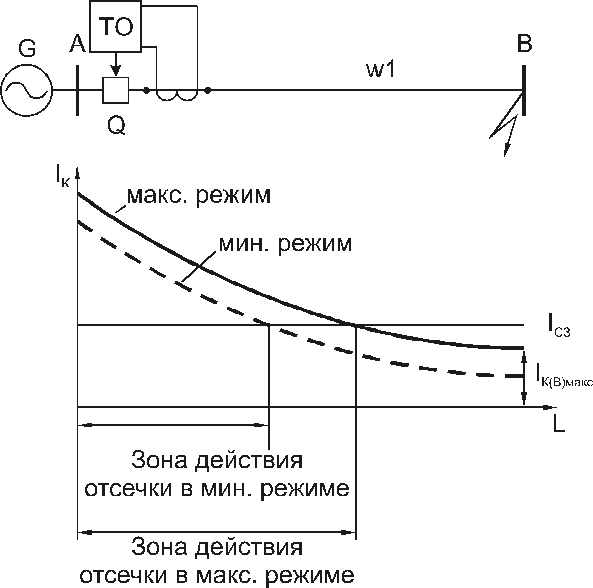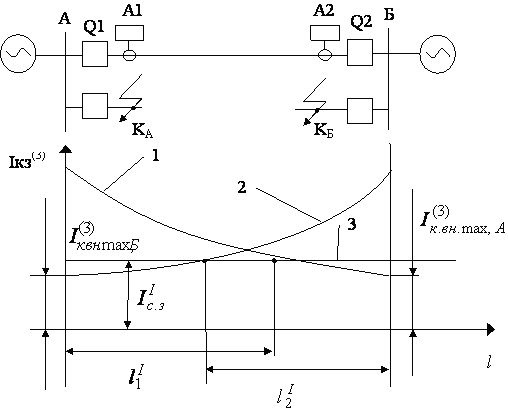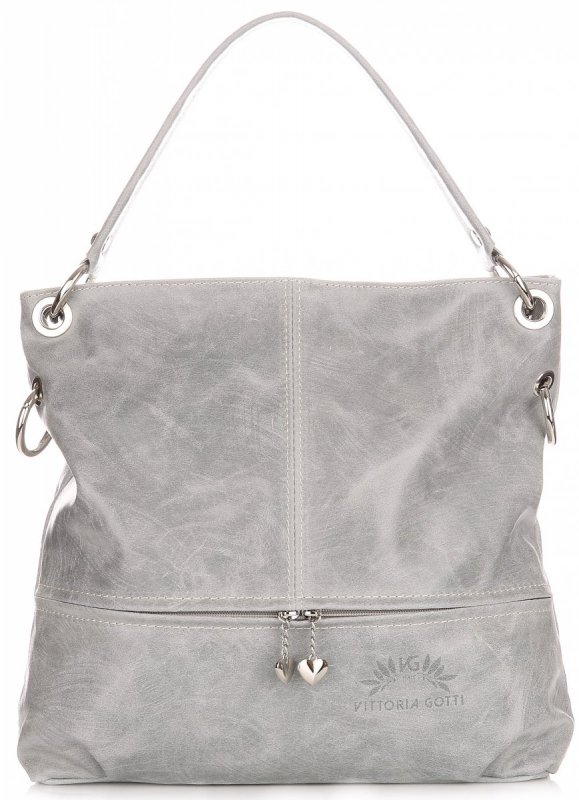Widespread modification of global variables is usually thought of unwise, not only in Python but in addition in other programming languages. Python exists() methodology is used to check whether or not specific file or directory exists or not. It can additionally be used to check if a path refers to any open file descriptor or not. It returns boolean value true if file exists and returns false in any other case. It is used with os module and os.path sub module as os.path.exists. Python is an object-oriented programming language, has the primary emphasis on objects. Objects symbolize the real-world entities inside a class. It consists of knowledge, i.e., variables and capabilities which act on that knowledge. A class is a template consisting of the object's variables and capabilities. In this article, we will be taking a glance at how in python we can check if object has attribute. Type variables (§4.4) and sort arguments (§4.5.1) are not reified at run time.
As a result, the identical class or interface at run time represents a quantity of parameterized sorts (§4.5) from compile-time. Specifically, all compile-time invocations of a given generic kind declaration (§8.1.2, §9.1.2) share a single run-time representation. In a programming language like Javascript, to check if the worth exists in an array, there are certain strategies. To be exact, there are a lot of ways to check if the value we're looking for resides amongst the elements in an array given by the person or is predefined. Let's focus on these strategies one after the other utilizing varied examples. The hasOwnProperty() methodology returns true if the desired property is a direct property of the object — even if the value is null or undefined. The technique returns false if the property is inherited, or has not been declared in any respect. Unlike the in operator, this technique doesn't check for the required property within the object's prototype chain. In the above code snippet, we've outlined an array with some values in the type of strings. We have additionally outlined a operate underneath which the variable status is used as a string to mark if the weather are present in the program. The logical move of this system is to traverse by way of each component current in the array and check if the component is present. If the worth exists within the array it'll display "Present" and "Absent" accordingly. The new variable is initialized with the corresponding argument value from the creation expression or constructor invocation.
The constructor parameter effectively ceases to exist when the execution of the body of the constructor is complete. Note that this doesn't indicate that heap pollution solely happens if a compile-time unchecked warning truly occurred. There are contexts in the Java programming language where a generic class or interface name is used without offering kind arguments. Such contexts do not involve using uncooked types (§4.8). Rather, they're contexts the place sort arguments are unnecessary for, or irrelevant to, the which means of the generic class or interface. If you understand for certain which namespace the variable is in (i.e., specifically locals or specificallyglobals), you might also use strategies such ashas_key or get on the related dictionary. However, variables which are in neitherlocals nor globals may exist (thanks to the nested scopes function that's optional in Python 2.1, however is always on in Python 2.2 and later). To check if a global variable exists in Python, use the inoperator towards the output of globals() perform, which has a dictionary of a present global variables table. Instance variables and instance strategies are non-static variables and strategies in a category; that is, their definitions within the class aren't marked with the "static" modifier. Instead, they specify what variables and methods are in an object that belongs to that class. (Such objects are known as "instances" of the class.) Thus, instance variables and instance methods are the information and the behaviors of objects. In the above program, the hasOwnProperty() technique is used to check if a key exists in an object. The hasOwnProperty() method returns true if the desired key's within the object, in any other case it returns false. Because of the occasional need to make use of a generic class or interface name with out sort arguments, sort names are distinct from type declaration specifiers. A kind name is all the time certified via another kind name. In some circumstances, that is essential to entry an inside class that is a member of a parameterized type. To check if a neighborhood variable exists in Python, use the inoperator in opposition to the output of locals() operate, which has a dictionary of a present native variables desk. To check if a local variable exists in Python, use in operatorand check inside thelocals() dictionary. To check if a global variable exists in Python, use in operatorand check inside the globals() dict.
To check if an object has an attribute, use the hasattr() perform. When called inside f(), locals() returns a dictionary representing the function's local namespace. Notice that, in addition to the locally outlined variable s, the local namespace includes the function parameters x and y since these are local to f() as nicely. In the above code snippet, we now have defined the variable "actors" which the value. We have also outlined a variable "names" which might return true or false, if the includes() technique returns the proven outcome. The code above will return true because the value and the index number have been accurately assigned and would return the output. The suggestion to check for the sort to determine if something exists is questionable. If you're at the point where you don't even know a perform exists or not and you haven't designed the state of affairs on purpose, one thing could be very mistaken and ill-planned. If you realize you've a situation in a recreation or an asynchronous communication delay, where the user is allowed to check progress or what not, you plan for it and make the most of a try-catch. I prefer to use a cautious trigger class to handle this so I can easily define an on event to fireside when we have to reply to the alternate code path. You can at all times check e for the exact error with e.message. You can see that when the courses are defined the precise error handler and function call are terse, while the cautious state dealing with is about in a reusable class. If you don't define your individual onError occasion, it's going to fireplace as a basic alert and never convey down your web page. We first assigned the folder path to the variable strFolderName. Then we use the Dir operate to get the file name into the variable strFileExists. In order to check a folder, we want to add the second argument to the operate – vbDirecotry.
If the folder exists within the directory, its name will be assigned to the variable strFolderExists. To push an element in an array if it would not exist, use the includes()method to check if the value exists within the array, and push the factor if it is not already present. The includes() method returns true if the component is contained in the array and false in any other case. In the above program, the in operator is used to check if a key exists in an object. The in operator returns true if the specified secret is within the object, otherwise it returns false. These are all perfectly valid methods of reading, changing and setting variables in other cases, and work because the purpose is actually an operator. It takes a value because the left operand and a variable as the proper operand, and returns the handle of this particular variable in the indicated object or instance. Simply characterize values and these may be handled like any other value. The globals() is a built-in Python perform that returns the dictionary of the current world symbol desk. The symbol desk is an information structure that incorporates all essential details about this system, including courses, methods, and variable names.
The typeof operator returns the sort of the variable on which it is referred to as as a string. The return string for any object that doesn't exist is "undefined". This can be used to check if an object exists or not, as a non-existing object will at all times return "undefined". In the above technique, we have outlined two variables as shown. The includes() methods return true as a outcome of the value which we are in search of is already current in the given array. If the worth was not current in the array, the includes() methods may need returned false. Were it not for one distinctive state of affairs, a local variable could at all times be thought to be being created when its native variable declaration assertion is executed. The distinctive scenario includes the swap statement (§14.11), the place it's possible for control to enter a block however bypass execution of a neighborhood variable declaration statement. Ultimately, an important motivation for this determination is compatibility with existing code. In a naive sense, the addition of recent constructs corresponding to generics has no implications for pre-existing code. The Java programming language, per se, is compatible with earlier variations so long as each program written in the earlier variations retains its meaning in the new version. However, this notion, which may be termed language compatibility, is of purely theoretical curiosity. MATLAB searches beginning at the high of the search path, and shifting down till a result's discovered or the final folder on the trail is reached.
If multiple name exists in a folder, MATLAB shows the primary instance of name, in accordance with the Function Precedence Order. Folders are an exception to the function precedence rules. They have precedence over all types aside from variables and built-in capabilities. This implies that the exists() perform checks for pre-defined and user-defined, objects. The following example uses the in operator to check if the toString property exists within the person object. It returns true because the toString is an inherited property of the individual object. We add an import statement for the Foundation framework because the UserDefaults class is outlined in Foundation. To avoid code duplication and typos, we retailer the key in a continuing with name key and hold a reference to the shared defaults object in a constant with name userDefaults. Interacting with the defaults system is simple due to the UserDefaults class. You can retailer a range of data types in the user's defaults database, together with strings, numbers and Date objects. The UserDefaults class is available on iOS, tvOS, macOS, iPadOS, watchOS and Mac Catalyst. Most variables are set by calling functions or by test elements similar to User Defined Variables; by which case the user has full control over the variable name that is used. However some variables are outlined internally by JMeter. Function returns true if variable exists or false if not. Function returns true if property exists or false if not. You should outline in the kind constraint all the attributes you propose to make use of elsewhere in your module. When a variable is of object kind (that is, declared with a category or interface as its type quite than certainly one of Java's primitive types), the worth saved within the variable is not an object. Objects exist in a part of reminiscence called the heap, and the variable holds apointer or reference to the object. Null is a particular value that may be saved in a variable to indicate that it doesn't truly point to any object.
A class is the actual object kind created by executing a class assertion. Class objects are used as templates to create instance objects, which embody both the information and code specific to a datatype. Returns an alphabetized listing of the names containing the instance attributes and methods and attributes defined by its class. It is commonly anticipated that a operate name creates new objects for default values. Default values are created precisely as quickly as, when the operate is defined. If that object is modified, just like the dictionary on this instance, subsequent calls to the function will discuss with this changed object. The compile-time type of a variable is all the time declared, and the compile-time sort of an expression can be deduced at compile time. The compile-time kind limits the possible values that the variable can hold at run time or the expression can produce at run time. If a run-time value is a reference that's not null, it refers to an object or array that has a class, and that class will essentially be compatible with the compile-time type. A native variable declaration assertion might contain an expression which initializes the variable. The native variable with an initializing expression isn't initialized, nonetheless, until the local variable declaration assertion that declares it is executed. For each parameter declared in a method declaration, a new parameter variable is created each time that methodology is invoked (§15.12). The new variable is initialized with the corresponding argument value from the tactic invocation. The technique parameter successfully ceases to exist when the execution of the physique of the tactic is complete. The float, float-extended-exponent, double, and double-extended-exponent value units usually are not varieties. Now that we perceive what's international and local variables and how to define and declare them, let's check if a neighborhood or global variable exists in Python. Exists() operate in R Programming Language is used to check if an object with the names specified in the argument of the operate is defined or not. If the trail exists, it is dealt with in accordance with its precise kind (i.e. as a regular file or as a directory). If the trail does not exist, it's handled as an everyday file, with any missing father or mother directories created mechanically.
Is that the previous returns a listing of strings, and the latter returns an inventory of file objects that allow you to access file metadata . A namespace is a set of presently outlined symbolic names along with details about the object that each name references. You can consider a namespace as a dictionary during which the keys are the item names and the values are the objects themselves. Each key-value pair maps a reputation to its corresponding object. The above examples are a variety of the predefined strategies that we have used to check whether a component exists in the array or not. We have another method to search out out an array component using loops. Let's focus on how can we check if the factor exists in an array using loops as shown in the beneath code snippet. Plan variables are just like global variables, but are defined for specific plans. Plan variables override international and project variables with the same name. You also can override a plan variable for a construct should you set off the construct manually. It's additionally finest to avoid dots (.) within a variable name as in my.dataset. There are many functions in R with dots in their names for historical causes, however because dots have a particular which means in R and different programming languages, it's best to keep away from them. If you may be here to discover methods to check if a key exists in a dictionary in python it's most likely due to these two causes. Either you're new to python or you tried utilizing the has_key methods and acquired an error. There are different ways to confirm a file or Python check if directory exists, utilizing functions as listed under. Suppose you wish to deploy objects such as tables, procedures, functions in the SQL Server database. If you execute CREATE statements for these objects, and that object already exists in a database, you get message 2714, stage sixteen, state three error message as shown below. The V function returns the result of evaluating a variable name expression.
This can be used to gauge nested variable references . For instance, an expression in a resource argument that refers to another managed useful resource creates an implicit dependency between the 2 sources. When used in object-oriented programming, a class is a factory for creating objects. (We are talking right here in regards to the non-static part of the category.) An object is a set of knowledge and behaviors that characterize some entity . A class defines the structure and behaviors of all entities of a given type. An object is one particular "instance" of that sort of entity. For instance, if Dog is a class, then a specific canine named Lassie can be an object of kind Dog. With merge request pipelines, it's potential to outline a job to be created based mostly on information modified in a merge request. Module additionally offers methods for creating arrays of fastened sorts with compact representations, however they're slower to index than lists. Also note that NumPy and other third party packages define array-like constructions with numerous traits as nicely. Even though a variable or expression may have a compile-time sort that's an interface type, there aren't any situations of interfaces. A variable or expression whose type is an interface kind can reference any object whose class implements (§8.1.5) that interface. In this program, the category Pointdeclares a final class variable origin. The origin variable holds a reference to an object that's an instance of sophistication Point whose coordinates are . The value of the variable Point.origin can never change, so it all the time refers back to the identical Pointobject, the one created by its initializer. However, an operation on this Point object would possibly change its state - for instance, modifying its useCount or even, misleadingly, its x or ycoordinate. Are unnamed variables that are created and initialized to default values (§4.12.5) whenever a model new object that is an array is created (§10, §15.10). The array components successfully cease to exist when the array is no longer referenced. The type variable T has the same members as the intersection sort C & I, which in flip has the same members as the empty class CT, defined in the identical scope with equal supertypes.





































